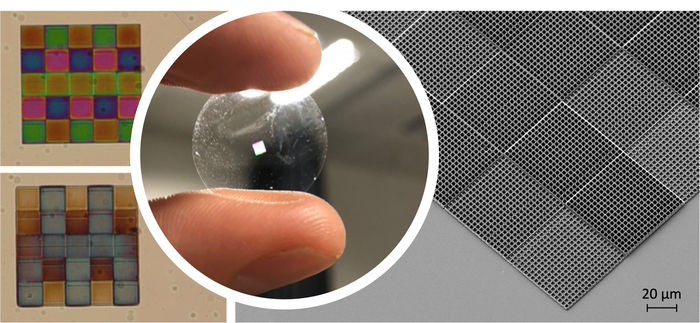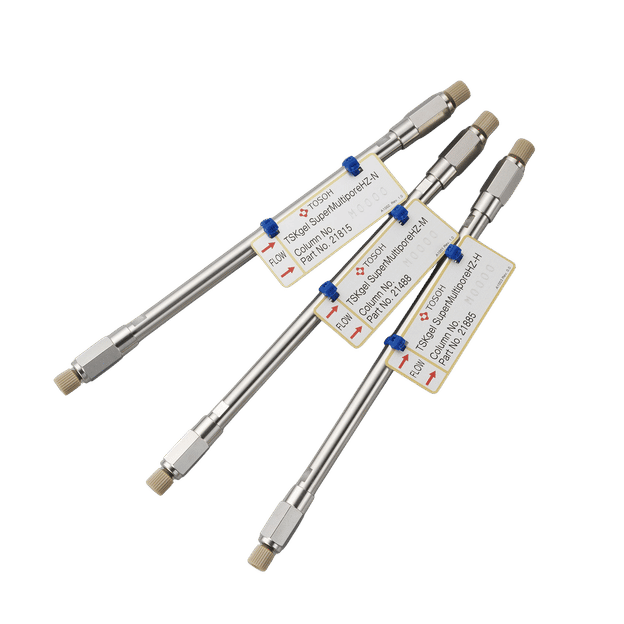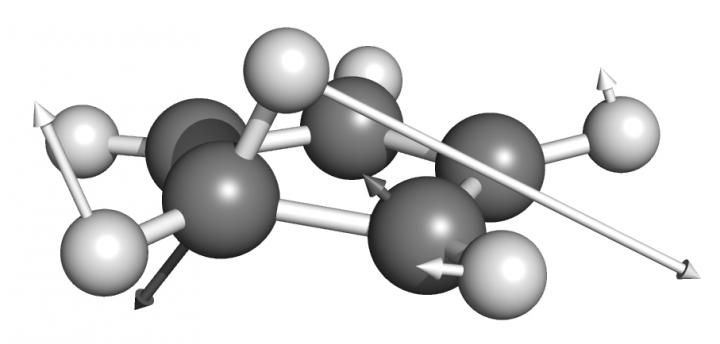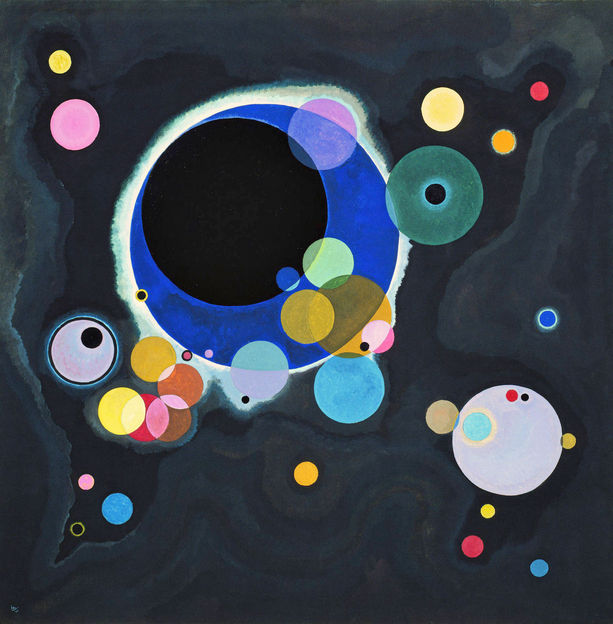Expansion of Sequence Data Drives Biochemical Reagent Usage
The increasing availability of gene sequencing information through public and commercial initiatives is facilitating easier application of technologies that require sequential understanding, such as proteomics and functional genomics.
As a result, demand is rising for a range of research biochemicals, the reactive agents that researchers use in those fields. The need for enzymes, monomeric compound subunits, antibodies, and purification matrices will grow steadily over the next several years.
New analysis from Frost & Sullivan, U.S. Research Biochemical Markets, reveals that this industry generated revenues totaling $981 million in 2001. Revenues for molecular biology reagents, DNA research consumables, immunochemistry reagents, and cell culture reagents could surpass $2 billion by 2007.
Markets for biochemical reagents are changing rapidly. The loss of patent protection is transforming some products into commodities. Older reagents, such as restriction enzymes, have already lost intellectual property protection worldwide. As more companies have access to these products, competition will intensify and prices will drop. "Research biochemical markets must moderate the influence of decreasing patent protections, or risk being dominated by commodity dynamics," says Frost & Sullivan Industry Analyst Brad Peters. "The question is how to maintain or increase profit margins when setting a higher price means quickly losing customers to the competition."
For some companies, the solution may be to use products no longer protected by patents in the development of new combination technologies.
In the meantime, strong brand image will be an invaluable asset in navigating increasingly competitive markets.
"Market leaders in the research biochemicals industry have very well-respected, long standing brand names," says Peters. "The recipe for success in this market, as some of the established firms have recognized, remains a focus on efficient distribution networks, broad product lines, and a web of licensing and partnership relationships."
Topics
Organizations
Other news from the department science

Get the chemical industry in your inbox
By submitting this form you agree that LUMITOS AG will send you the newsletter(s) selected above by email. Your data will not be passed on to third parties. Your data will be stored and processed in accordance with our data protection regulations. LUMITOS may contact you by email for the purpose of advertising or market and opinion surveys. You can revoke your consent at any time without giving reasons to LUMITOS AG, Ernst-Augustin-Str. 2, 12489 Berlin, Germany or by e-mail at revoke@lumitos.com with effect for the future. In addition, each email contains a link to unsubscribe from the corresponding newsletter.
Most read news
More news from our other portals
Last viewed contents
Monte_Carlo_method

Scientists create 3D-printed, microscopic gas sensors - painters’ pallets without even a hint of pigment - "The tiny responsive arrays, which are smaller than a freckle, can be used to tell us an enormous amount about the chemistry of their environment”

Chemists find way to create "the building blocks of life" - Turning alcohol into key ingredients for new medicines
ECHA Received 3.1 Million Classification and Labelling Notifications
Contact_process

TSKgel SuperMultiporeHZ Columns | SEC columns | Tosoh

New algorithm finds the optimal bond breaking point for single molecules
Human_chorionic_gonadotropin
Reverse_transcriptase_inhibitor



























































